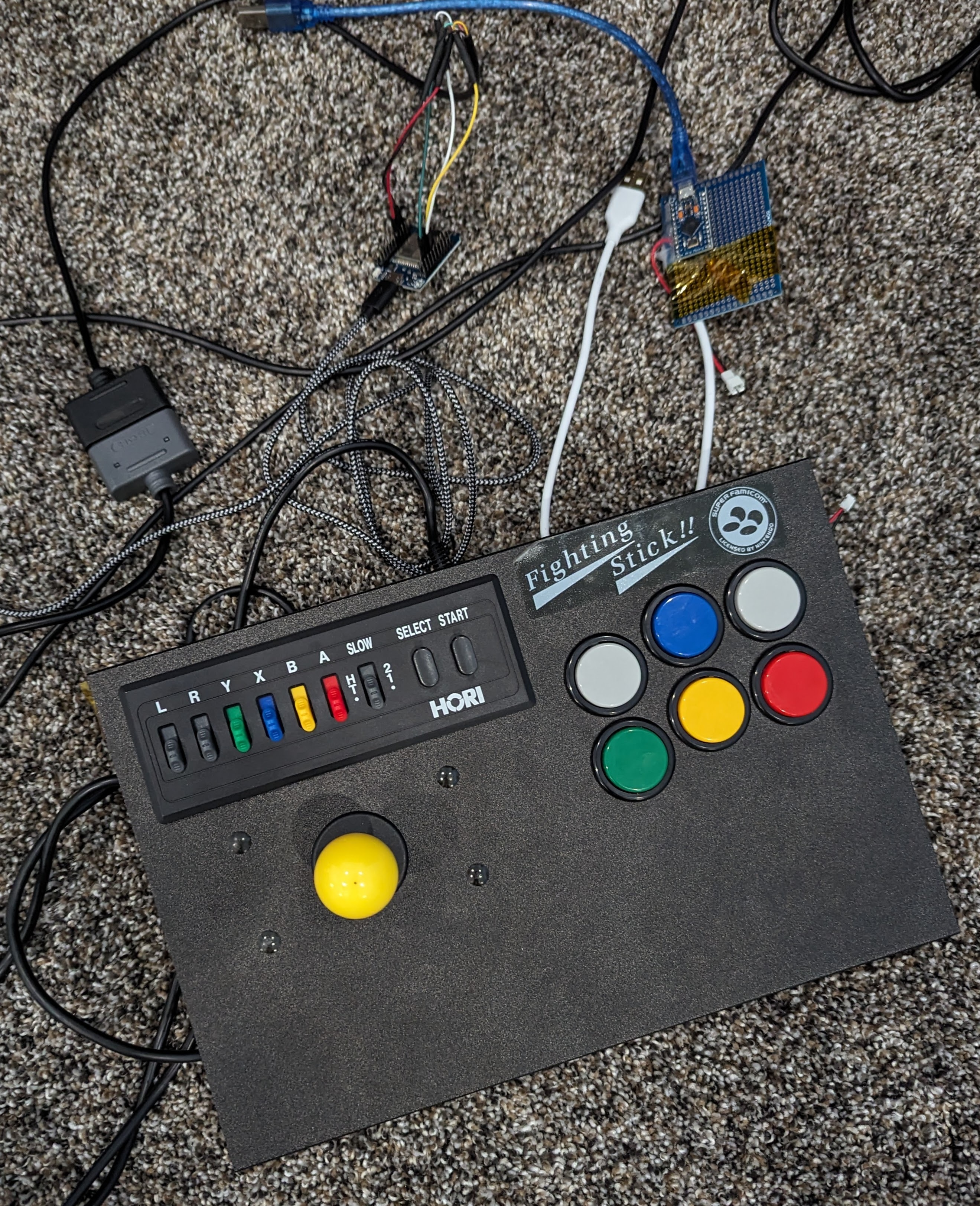this post was submitted on 12 Mar 2024
174 points (99.4% liked)
RetroGaming
23979 readers
110 users here now
Vintage gaming community.
Rules:
- Be kind.
- No spam or soliciting for money.
- No racism or other bigotry allowed.
- Obviously nothing illegal.
If you see these please report them.
founded 2 years ago
MODERATORS
you are viewing a single comment's thread
view the rest of the comments
view the rest of the comments

How much are you doing with "rolling your own" vs using off the shelf solutions? For example if you are deep into rolling your own which Bluetooth profile are you using?
So in this case it's my own code to read the state of the controller and using the ble-gamepad library, which uses NimBLE under the hood. There could be some optimizations but getting to be under 10ms probably is going to use a lot of time I could just be playing games.
So you suspect the latency (enough of it anyway) is introduced in your translation code? I absolutely understand not wanting to go to the nth degree for optimization when this is a hobby project. Could you throw hardware at it? Not all ESP32 run at the same speed. Perhaps buy an oversized one that will execute your underperforming code faster?
There probably could be some optimization in the translation, such as passing the controller object as a reference when checking the state of the buttons, rather than doing two loops to read the state and act on it. But I doubt that is the source of the largest latency since this is compiled to run at 240mhz (I did some additional testing at 80 as well, about the same results). I'm using a d1 mini off alliexpress so not the highest quality but I wouldn't expect a huge performance hit.
Where do you think the (the majority of the) latency is being introduced?
Without more testing it's hard to say. I don't want say it's the hardware without proof, but would require a much deeper dive into esp32 and c++ than I want to do right now.